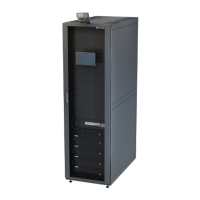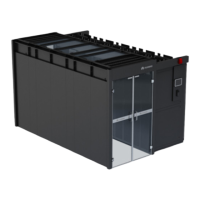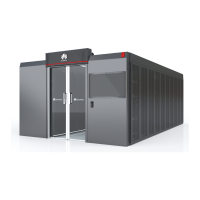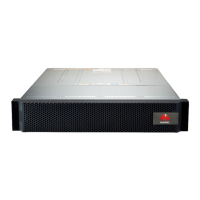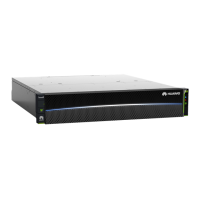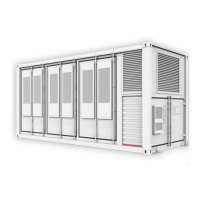All cable joints are secured properly, especially the cable joints of
network cables.
Failed
Exposed parts of cables and cable lugs near the cable terminals
are wrapped with insulation tape or heat-shrink tubing.
Failed
Flat washers and spring washers of all wiring terminals are
securely installed and in good contact.
Failed
Cables are bound neatly, and cable ties are secured evenly and
properly in the same direction.
Failed
Excess sections of cable ties are neatly cut.
Failed
There is no unnecessary adhesive tape or cable tie on cables.
Failed
Cables are routed in a way convenient for maintenance and
future capacity expansion.
Failed
Labels at the cable ends are clear.
All ground cables are copper cables with diameters meeting the
requirements. No switch or fuse is installed on a ground cable,
and no open circuit occurs.
Failed
All ground cables, AC input cables, and intra-cabinet cables are
connected correctly according to the power system circuit
diagram, and all screws are fastened. The input and output
cables are not short-circuited.
Failed
The smart cooling product input voltage is within the range of
rated voltage
±
10%, and the input frequency is within the
range of rated frequency
±
3 Hz.
Failed
Power cables and ground cables are not coiled and excess parts
are cut off.
Failed
Lugs for power cables and ground cables are welded or crimped
securely.
Failed
Power cables and ground cables are routed and bound
separately from other cables.
Failed
Lithium batteries are intact, free from damage, cracks, and
bulges.
Failed
Lithium batteries are neat and clean, and do not leak electrolyte.
Failed
Lithium battery terminals are upright and free from damage,
break, and acid leakage.
Failed
Lithium battery cables are connected correctly.
Failed
DIP switches on devices are correctly set.

